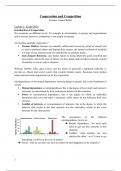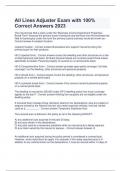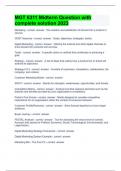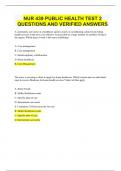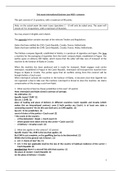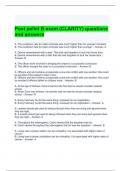Class notes
Comprehensive Cooperation and Competition Notes
- Course
- Institution
Comprehensive lecture notes for the course Cooperation and Competition (P_BCOCOM) written in English. Examples and images are used to make the text/terms clearer. At the end of the document, there are a number of examples of exam questions with answers.
[Show more]
